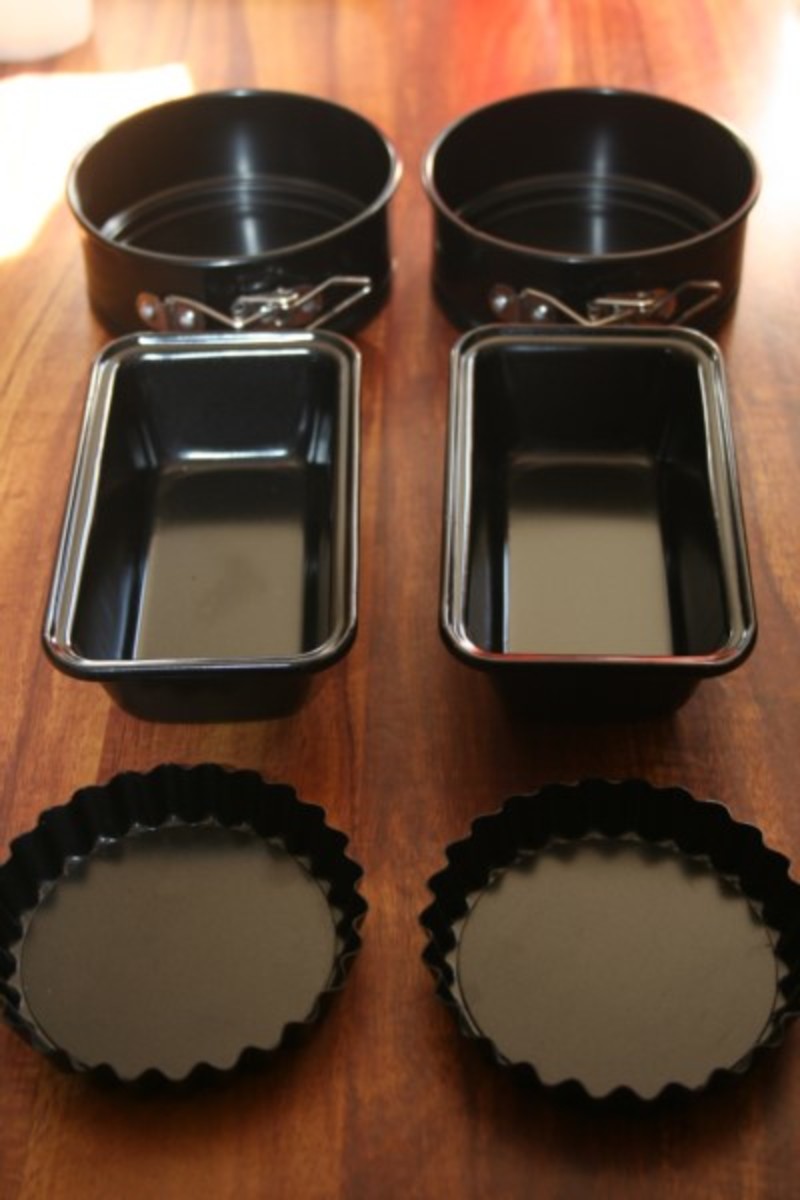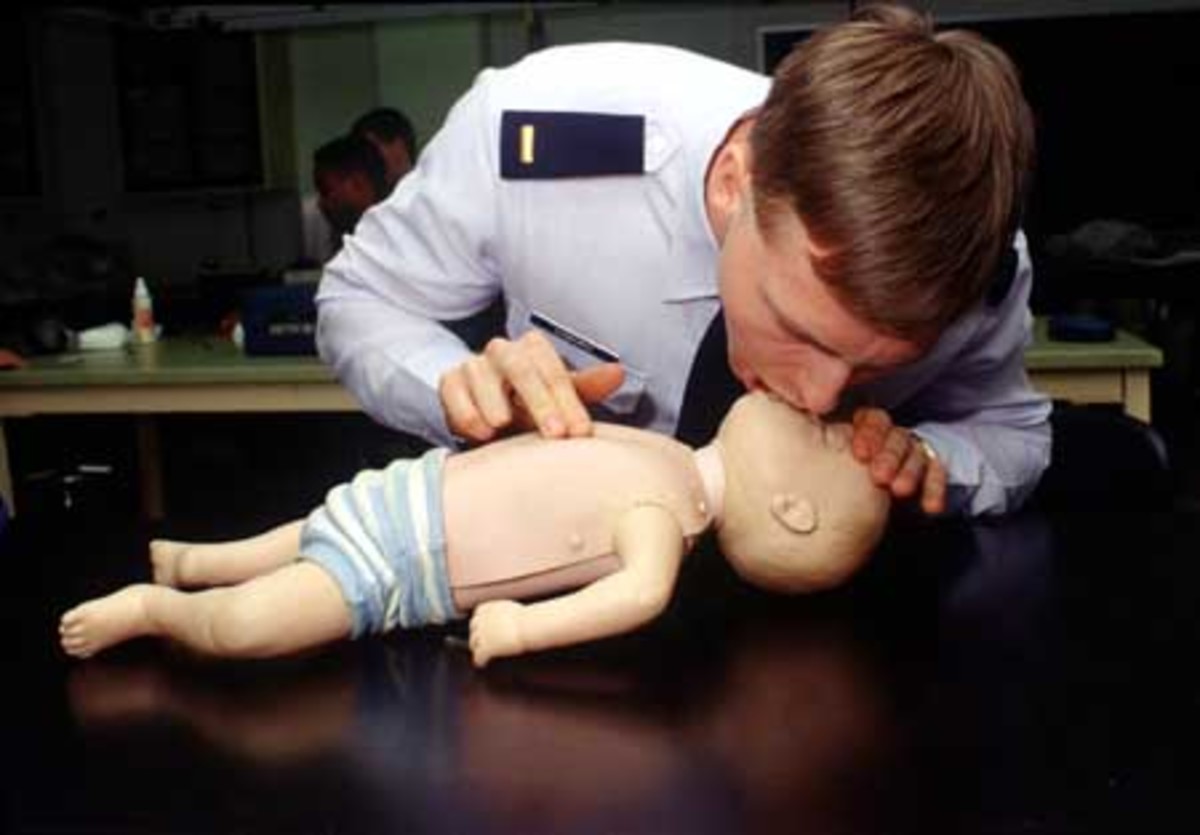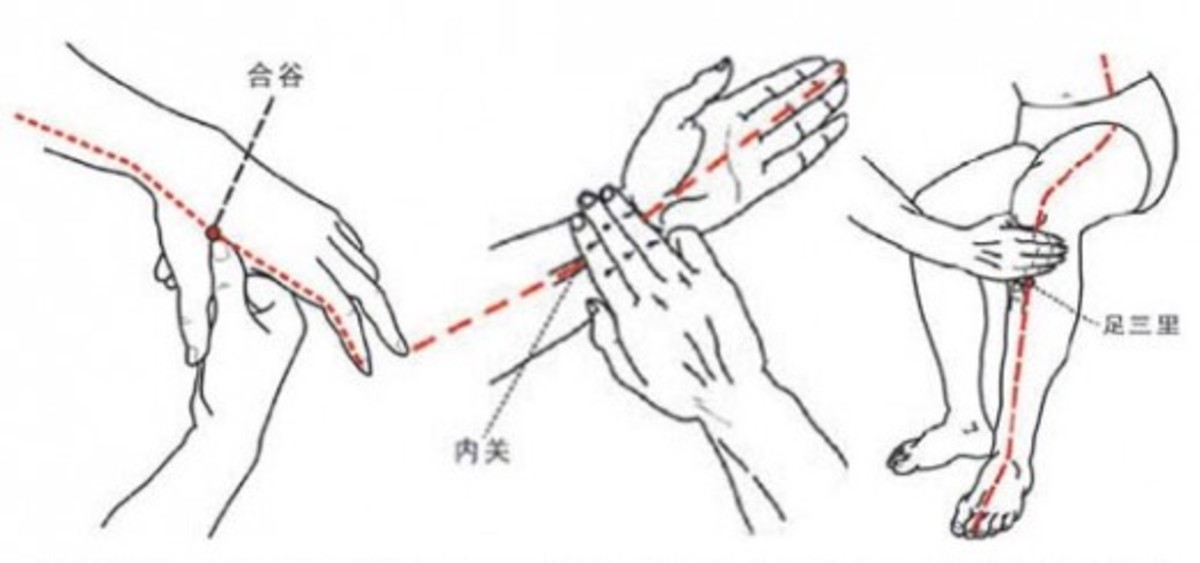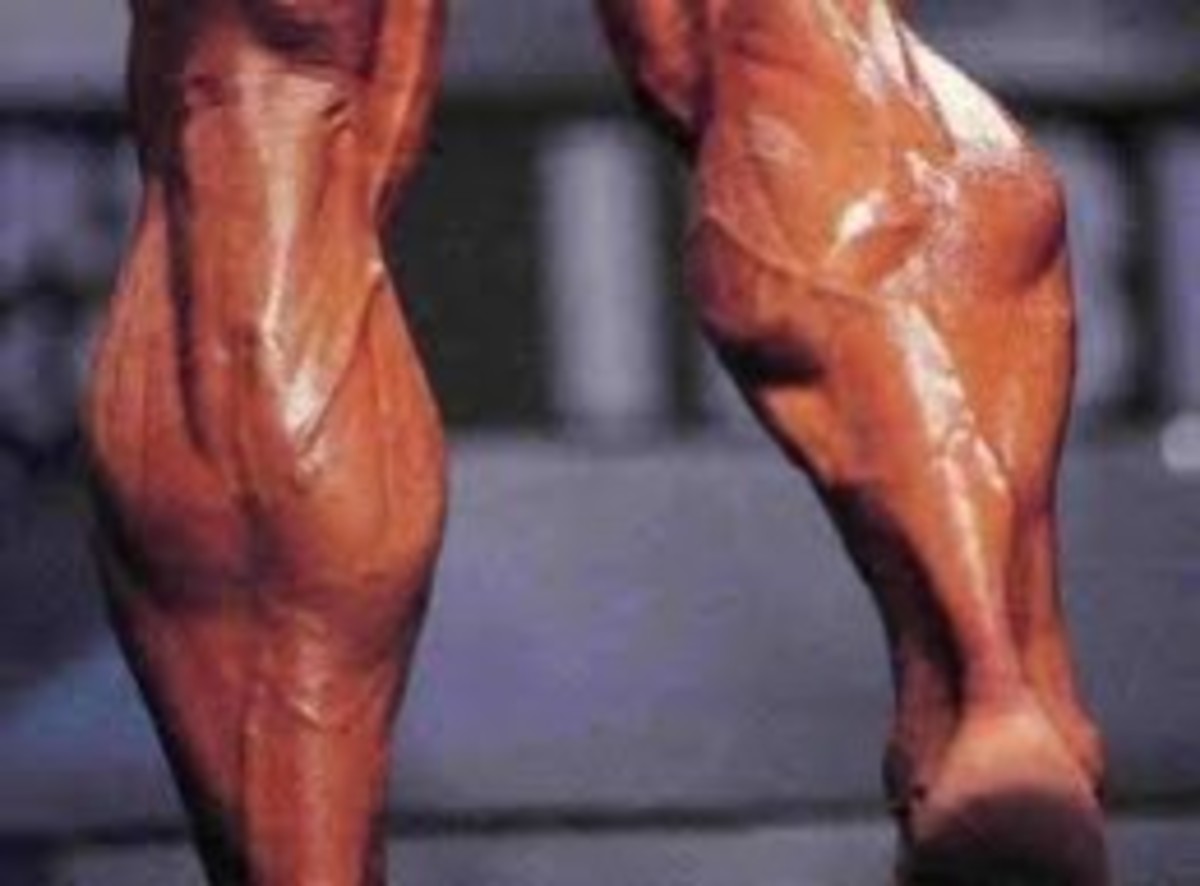7 Simple yet Uncommon Tips to Progress Faster in the Gym
Things that accelerate training progress but usually overlooked and underappreciated
A lot of things can hold people back from progress in training. Some of these, commonly talked about, include lack of proper program design, lack of proper technique, lack of proper nutrition, lack of sleep and poor stress management.
The solution to some of the above potential setbacks requires either professional expertise (like good program design, guidance in lifting and supplement suggestions), tactical lifestyle adjustments (like rearranging schedule to improve sleep) or both (nutrition adjustments and lifestyle stress management). However, the good news is some solution are simple to implement, safe and works well to accelerate training progress. These are usually overlooked and underappreciated.
7 Tips You Can Implement Today to See Faster Progress in Your Training
1. Facilitate nose breathing during sleep
2. Stress busting activities before or during sleep
3. Improve breathing
4. Exercise the eyes
5. Use appropriate footwear
6. Avoid prolonged exposure to cold environment
7. Avoid wearing tight fitting compression for long periods
Tip #1: Facilitate nose breathing during sleep
This allows you to sleep better since nose breathing is associated with rest and digest while mouth breathing, which happens typically during stressful heavy breathing, is associated with flight or fight. Better sleep translates to better recovery and thus faster progress.
Nose breathing during sleep can be facilitated by either mouth taping with "3M" surgical tape or applying "breathe right" nasal strips. Both items are available at your local pharmacy.
Personally, I have tried mouth taping during sleep. Initially, it was not a pleasant experience. I felt like I was suffocating. First few nights, my mouth tape was off by the morning. I eventually got used to the nose breathing and got comfortable with it.
3M surgical tape
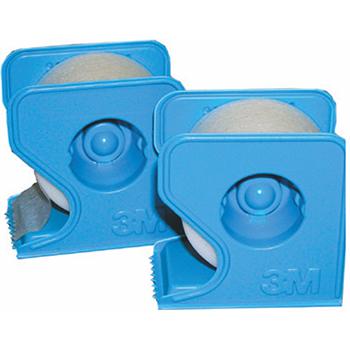
Breathe right
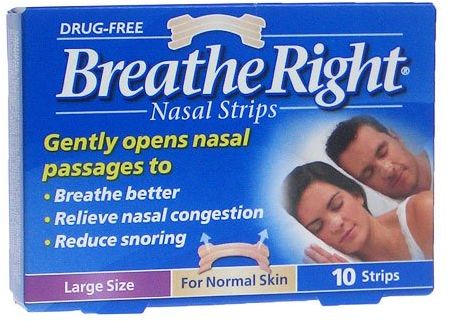
Tip #2: Stress busting activities before or during sleep
Non-physical stress can affect the physical body as well as slow down progress in your training. Mental and emotional stress may require more than just supplements to deal with the physiological symptoms. Bust non-physical stress with activities like prayer/meditation, hypnosis or grateful journal writing.
Personally, I have tried meditation and hypnosis, both audio aided. Both of them were helpful in getting me to relax and get restful sleep. I have also written a grateful journal for a period. Doing so did not just grant me more restful sleep but also clarity in thoughts.
Meditation soundtrack
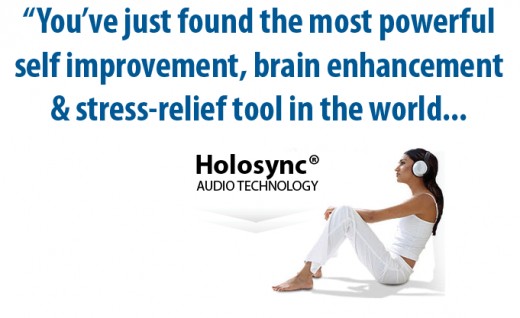
Hypnosis soundtrack
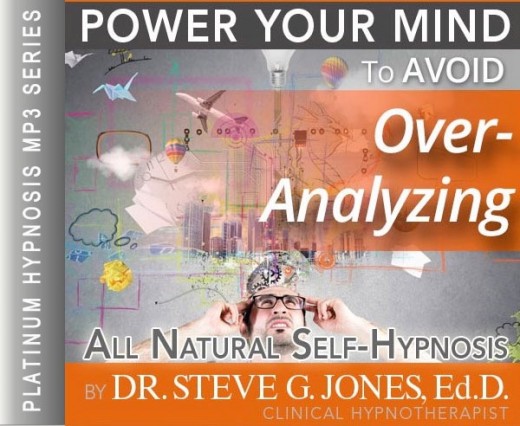
Grateful journal
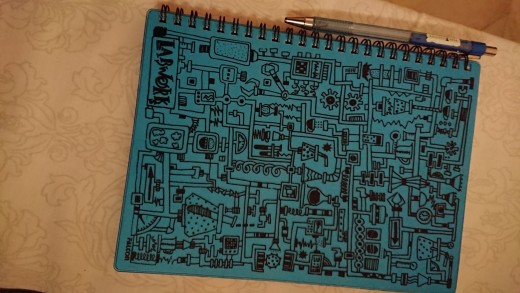
Tip #3: Improve breathing
Better breathing translates to better use of diaphragm and thus a more stable spine during heavy breathing caused by exertion. That translates to better performance in the gym and lower risks of injury. That can be done by activating the diaphragm by stimulating relevant neurolymphatic reflex points and practicing various breathing techniques like alternate nostril breath with a tempo.
Personally, I took a few private yoga classes conducted by a friend, named Lishan, and attended a yoga elective in University, where I learnt alternate nostril breathing with a tempo.
Later, I was exposed to the concepts of chapman points working in a fitness center where I learnt to activate the diaphragm by rubbing the center of chest. It was a quick way to improve clients' breathing when they are heavy mouth breathers.
Finally, I was introduced to renaissance breathing by a formal college who presented on it during one of the weekly staff sharing. Renaissance breathing was purely tempo based breathing like in yoga, but without alternating nostrils. The tempo is "6-2-7" for "Inhale-Hold-Exhale". Renaissance breathing emphasizes more on breathing into the belly. Without alternating nostrils, the process is faster and hence makes its more appropriate as part of a warm-up.
Alternate nostril breathing
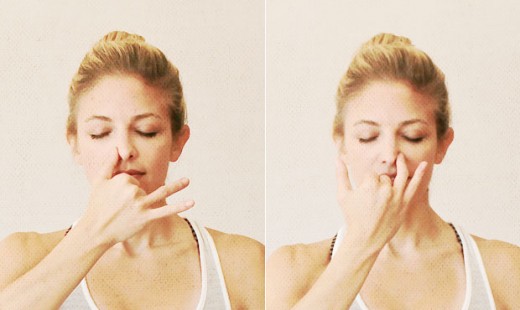
Tip #4: Exercise the eyes
The eyes' ability to focus affects our ability to maintain good structural alignment. Lazy eyes result in poor head alignment and thus body misalignment. Manage lazy eyes by exercising the eyes to track a moving target.
Personally, I was exposed to using both thumbs to form a straight line and moving both thumbs to trace out the "infinity" symbol while letting the eyes tracking the moving line. This concept was borrowed from brain gym.
Next, I was exposed to PosturePro where eye exercises are done using the master hand to draw circles in front of the eyes and the head kept still with the other hand holding the head in position.
Lastly, I was taught to do a modified eye exercise, using thumbs to form a straight line like in brain gym and moving the head left to right while keeping the eyes fixed at the line.
Lazy eyes

Tip #5: Use appropriate footwear
The wrong footwear can cause restrictions to the feet and toes, causing discomfort and inability to exert force or maximize strength. Ideally, a footwear should be flexible and have at least one finger spacing between the front edge of the shoes and the toes when the heel is placed all the way back up against the back edge of the shoes. Going barefoot is even better.
Usually, if I am not barefooted, I will be in an appropriately sized barefoot feel shoes with flexible base. The exception is when I wear lifting shoes when squatting, since I lack the ankle mobility to do a deep squat caused by some sustained injuries. Despite it being appropriately sized, I will remove it shortly after squats since the firm base that provides stability for better force production, ironically, cause restrictions and discomfort in walking around.
Also, once a year for one to two weeks, I would be back in Army Camp for an annual In-Camp-Training as part of National Service. For that period, I would be wearing restrictive boots, when I am most prone to experiencing ankle pain. I will also find my performance in the gym suffer during that period.
Uncomfortable boots
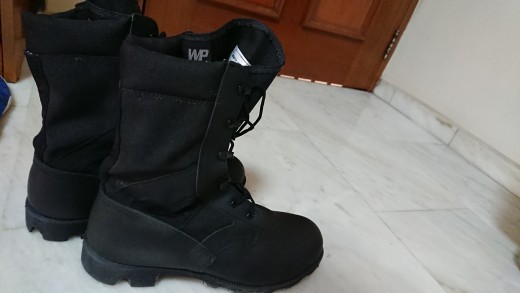
Tip #6: Avoid prolonged exposure to cold
Cold results in muscle tension as the body cuddle up to protect itself from the surroundings. This results in tight muscles and poor blood circulation, translating to poor force production and slow recovery, stunning progress.
Personally, I am more prone to neck, shoulder and upper back aches during cold weather. Extreme cold environment does cause me to shiver, but it is the prolonged exposure that aggravates chronic aches and pain. There was a period of time when I worked in a shared office with a couple other colleges who prefer a much colder environment than I do. I often get aches from sitting in the office for long periods of time and had to take regular breaks and step out of the office. I have come to learn other ways to combat these problems would be to wear a sweater or to add herbs and spices (like black pepper, oregano, coriander, paprika, chili powder, etc) to my food.
Tip #7: Avoid wearing tight fitting compression for long periods
Tight fitting compression wear restricts the body's fluid(lymph) circulation. This results in build up of bacteria and cancerous cells, affecting health in the long run. In the short run, this restrictions result in poor muscle activation, translating to poor force production and increase in chances of injury, stunning progress.
This is something I learn just a couple weeks ago in Genesis Performance Center when a more seasoned college went for an external course. Shortly after that, I stopped wearing compression top all the time and switched back to wearing dry fit shirt. My soreness and the effects of my sustained injuries have reduced significantly since then and I experience much better force production during training.
Summary
These are some of the most overlooked and underappreciated tips that accelerate training progress effectively. They are simple to implement and does not require as much professional guidance.
Try out these tips, and let me know how they work out for you. Also, tell me in the comments section below which is your favorite tip.
Pain relief that involves these kinds of tips
These tips are carefully selected and given to people who I work closely with to holistically overcome chronic and recurring pain where I give personalized advises.
Contact me for more information if you are looking to holistically overcome ongoing pain!
© 2018 Bing Xi


